Making Repairs Research Workshop
17 February 2014
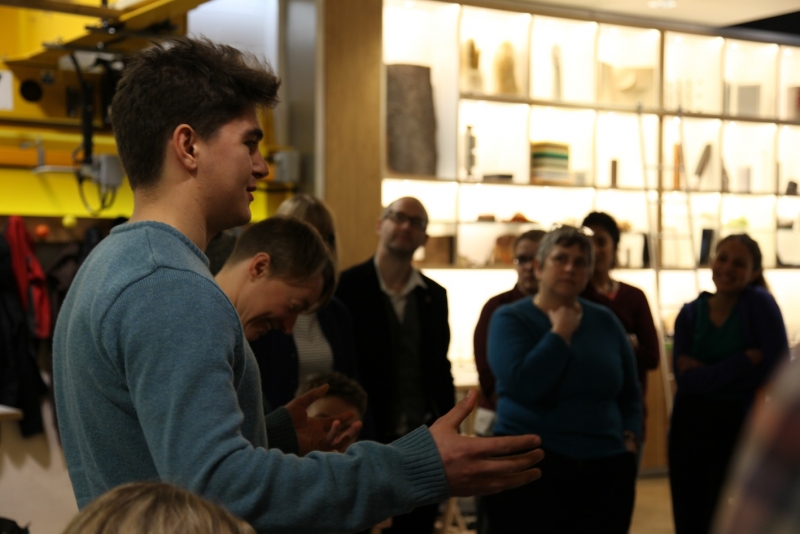
Last week, a group of repair enthusiasts from multiple disciplines gathered at the Institute of Making for a day-long workshop interrogating the materials and technologies that make repair possible, and the cultural imperatives that encourage it.
Each of them brought with them a repaired or repurposed object for discussion later that day. Once we’d gathered this diverse repair collection together and welcomed everyone to the Institute, our five speakers kicked off with a series of presentations that explored repair from different disciplinary perspectives and at all its different scales.
Rebecca Collins (Geography) started the day with a discussion of the reasons why we repair, explored through a study of teenagers and their ‘mindful mending’ practices. She focused on techniques that can be used to encourage repair, an in particular the roles that experimentation and access to spaces for tinkering can play in encouraging mending. This was followed by environmental engineer Julia Stegemann’s discussion of cement as a proposed, but problematic, solution for environmental contamination, in which she reviewed the difficulties involved in encapsulating hazardous wastes in cementitious materials. Artist Celia Pym talked about her work with mending and darning, showing examples she’d brought with her of some of the worn and unraveled jumpers that she had painstakingly and repeatedly mended. These repairs were deliberately visible, made using differently coloured threads, exploring the mending of clothing as a demonstration of love, care and attention.

Civil engineer and archaeologist duo Kate Crawford and Alice Samson shared the conversations and discussions they had been having about what archaeological understandings of the ways in which people repaired, adapted and changed their houses in Pre-Columbian Caribbean could lend to humanitarian ideas of what people need from shelter in the present day. Finally, Kazim Pal (Centre for Digital Humanities) discussed his PhD project using digital techniques to remotely restore and read badly burnt and distorted vellum from historically significant documents like the Great Parchment Book.
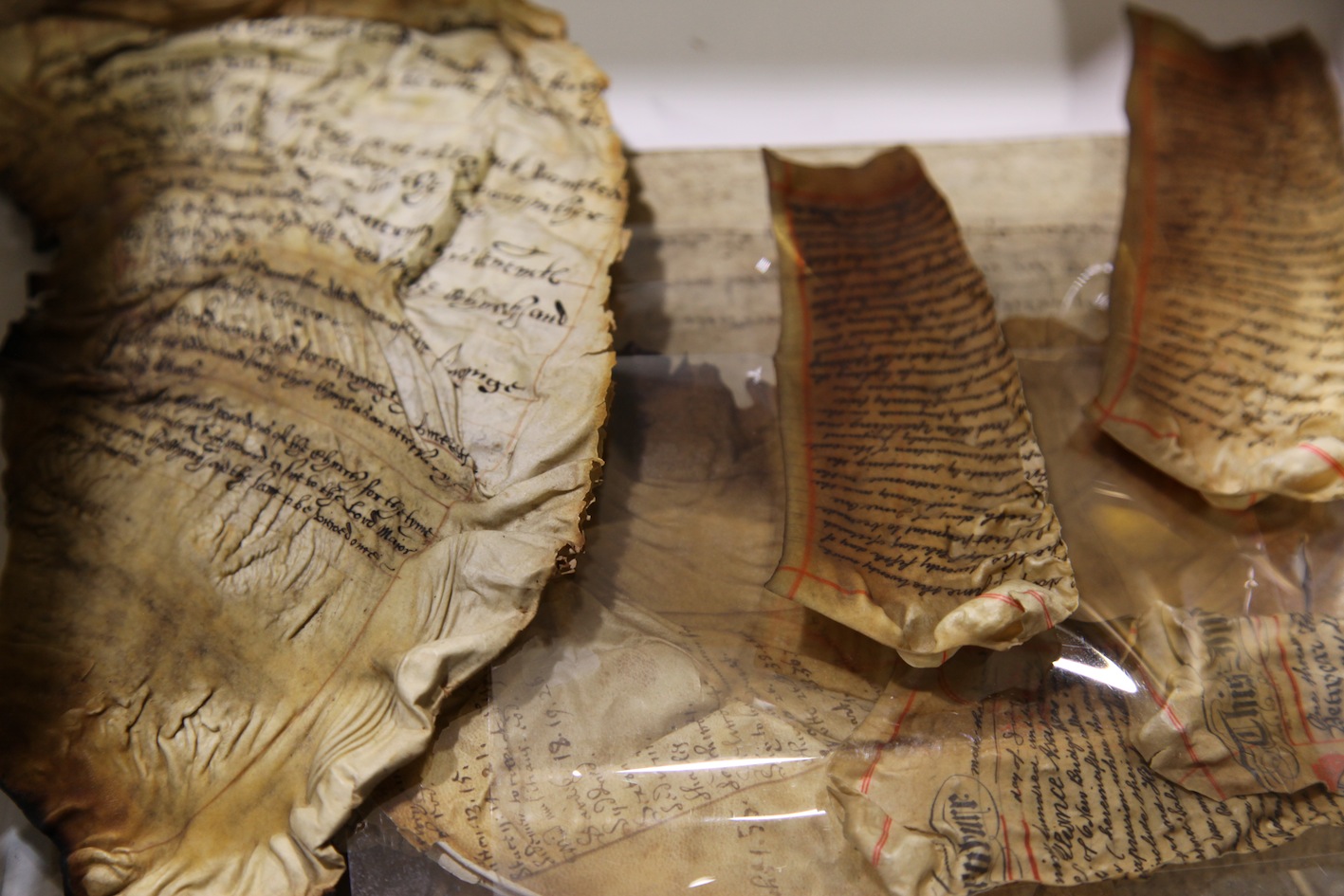
These speakers gave use a fascinating and broad overview of repair in its many different forms and at its different scales. Celia and Rebecca dealt with repair at the level of the individual, the memories and stories that come out when repairing objects and the psychological and social effects of mending process. Kazim discussed repair in the context of heritage and the conservation of objects of cultural importance that are central to collective memory. Kate and Alice began by touching on repair at the level of local infrastructure, expanding this into a discussion of the lessons that can be gathered from this on the scale of global humanitarian efforts, and Julia contribution’s brought to light attempts at repair and remediation on a global, environmental scale, as told through one specific material.
The repaired object collection was then used as the focus for an informal roundtable discussion, chaired by Leonie Hannan (History and MPE) and Simon Werrett (STS). The purpose of this session was to get those of people not formally presenting to share their interests and enthusiasms with the group. Objects varied from sugru-hacked laptop chargers, to painstakingly repaired smashed early x-ray tubes, sellotape-bound comics and beautifully antiqued furniture components. These objects generated a series of interesting discussions about embodied skills, our emotional attachment to and detachment from objects, what is learnt in the process of repairing, and the ways in which repair can affect the value and trajectory of objects.

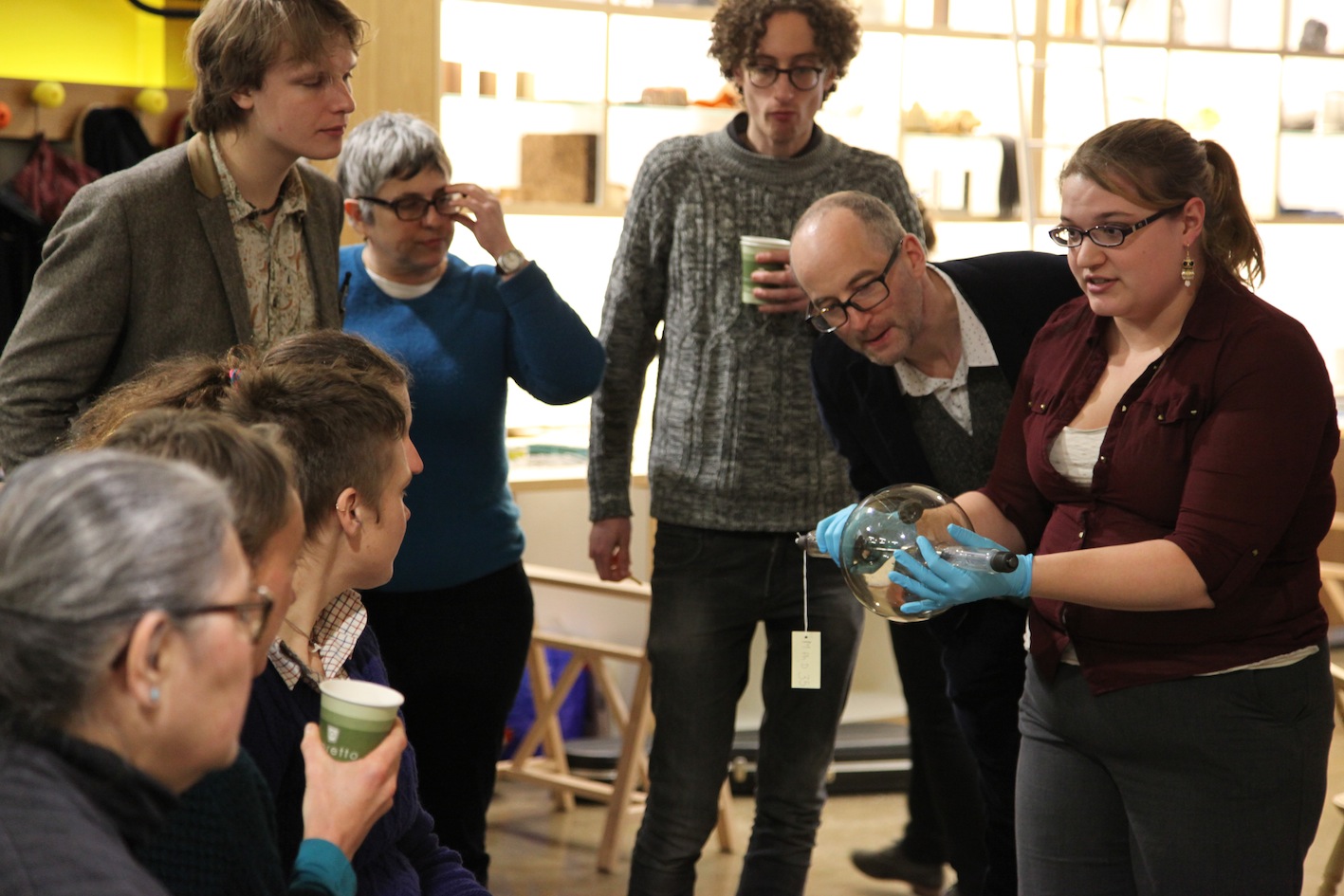
After lunch we had a change of pace: RCA graduate Jasleen Kaur took us through the joys of ‘bodging’ and repurposing. Faced with the challenge of coming up with an impromptu set of tools that could be used to run food stalls for the production of Victoria sponges, bags of fish and chips, and mock-turtle soup, we were given an assortment of paraphernalia like cotton buds, cork blocks and electrical tape. Imagining how we might be able to make ‘chip-oil drainers’ and ‘jam-spreaders’ from these everyday objects, and then having a go, meant that we got have a go at transformative and inventive repurposing ourselves.
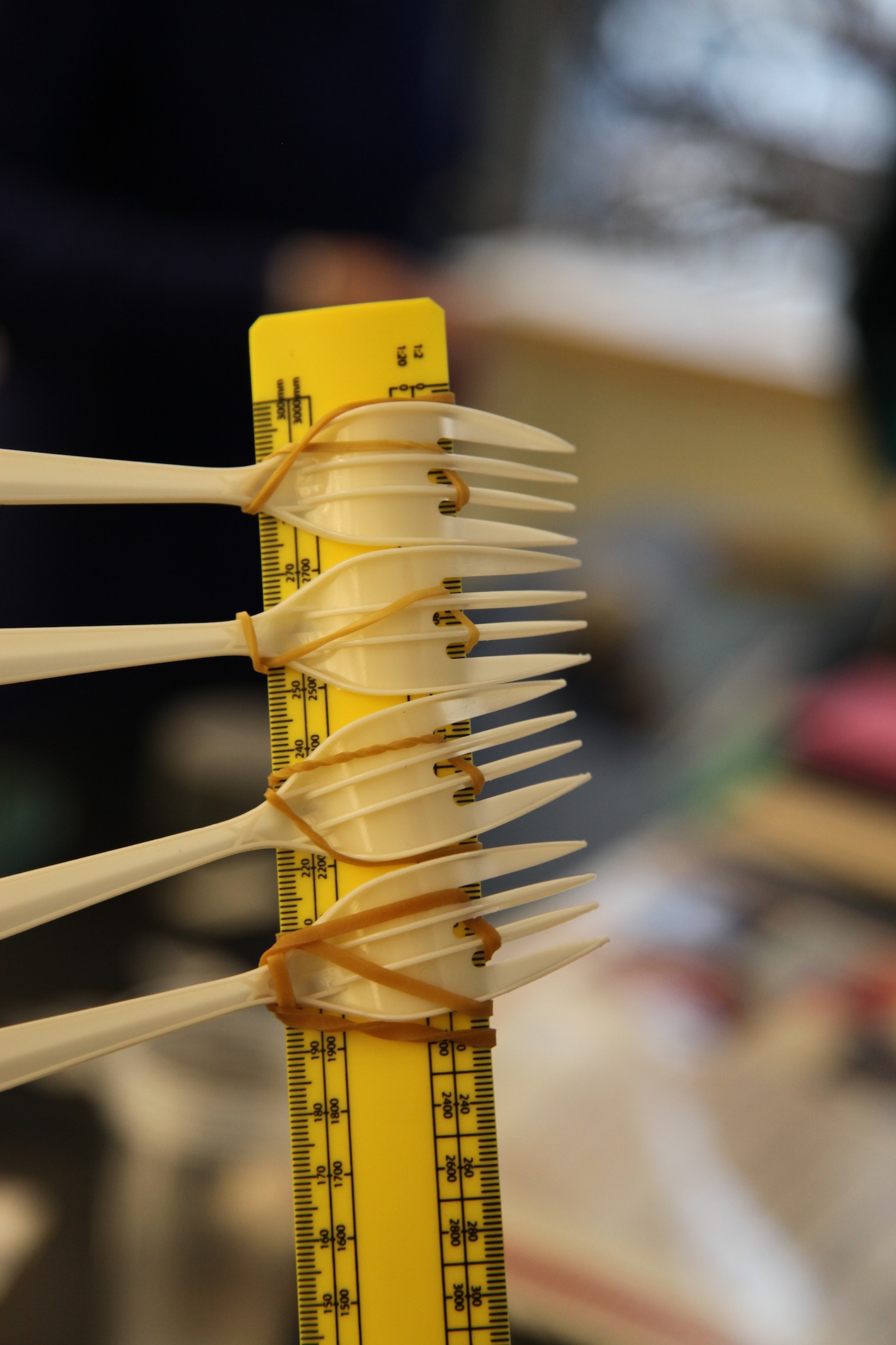
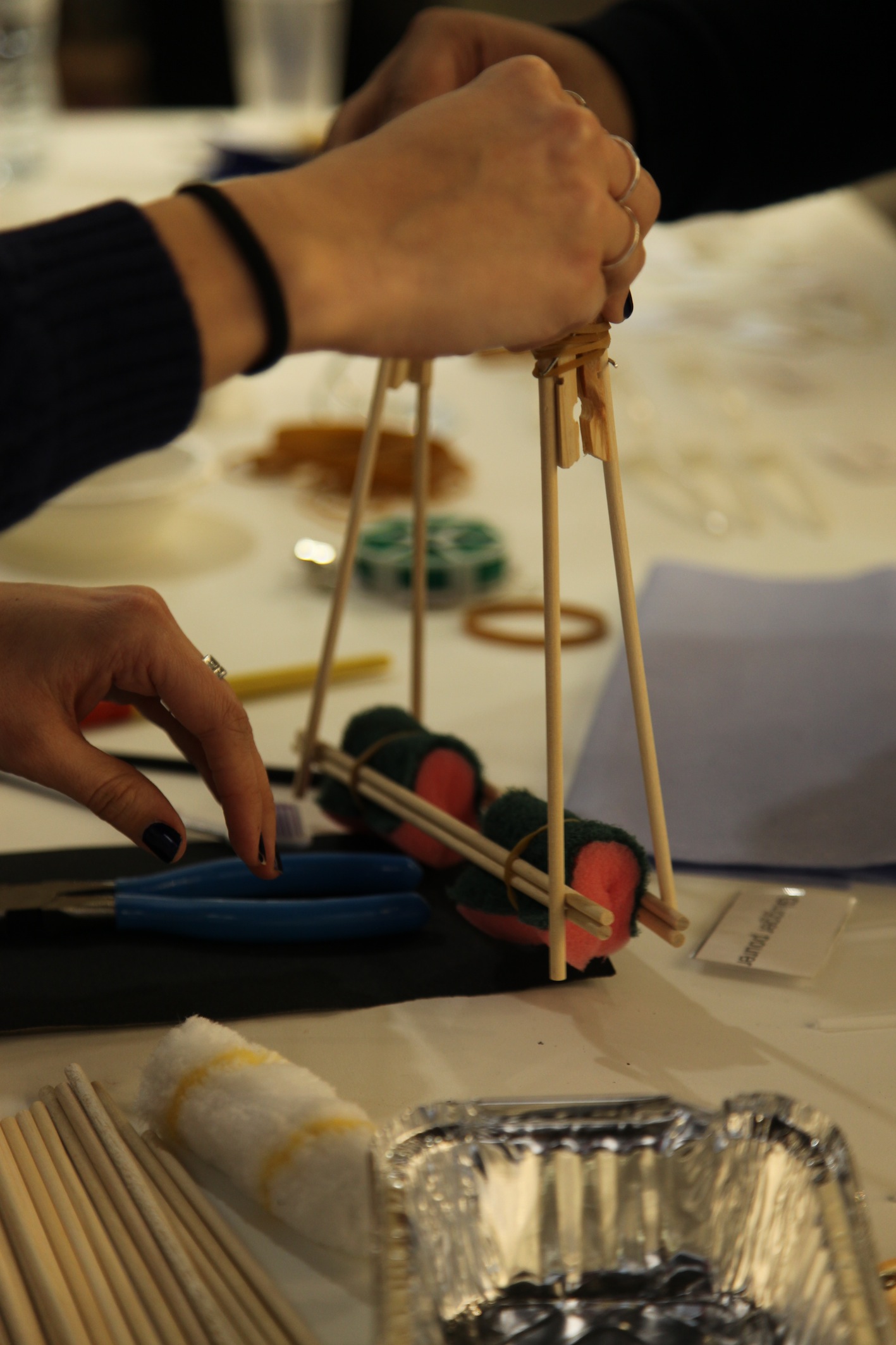
After we pitched our inventive ‘bodges’ and voted on the winning food stall, the group reconvened for a final discussion of the commonalities and differences in peoples’ approaches to repair, what we might learn from each other, and how some of the common strands of interest might be pulled out and taken forward. Watch this space!